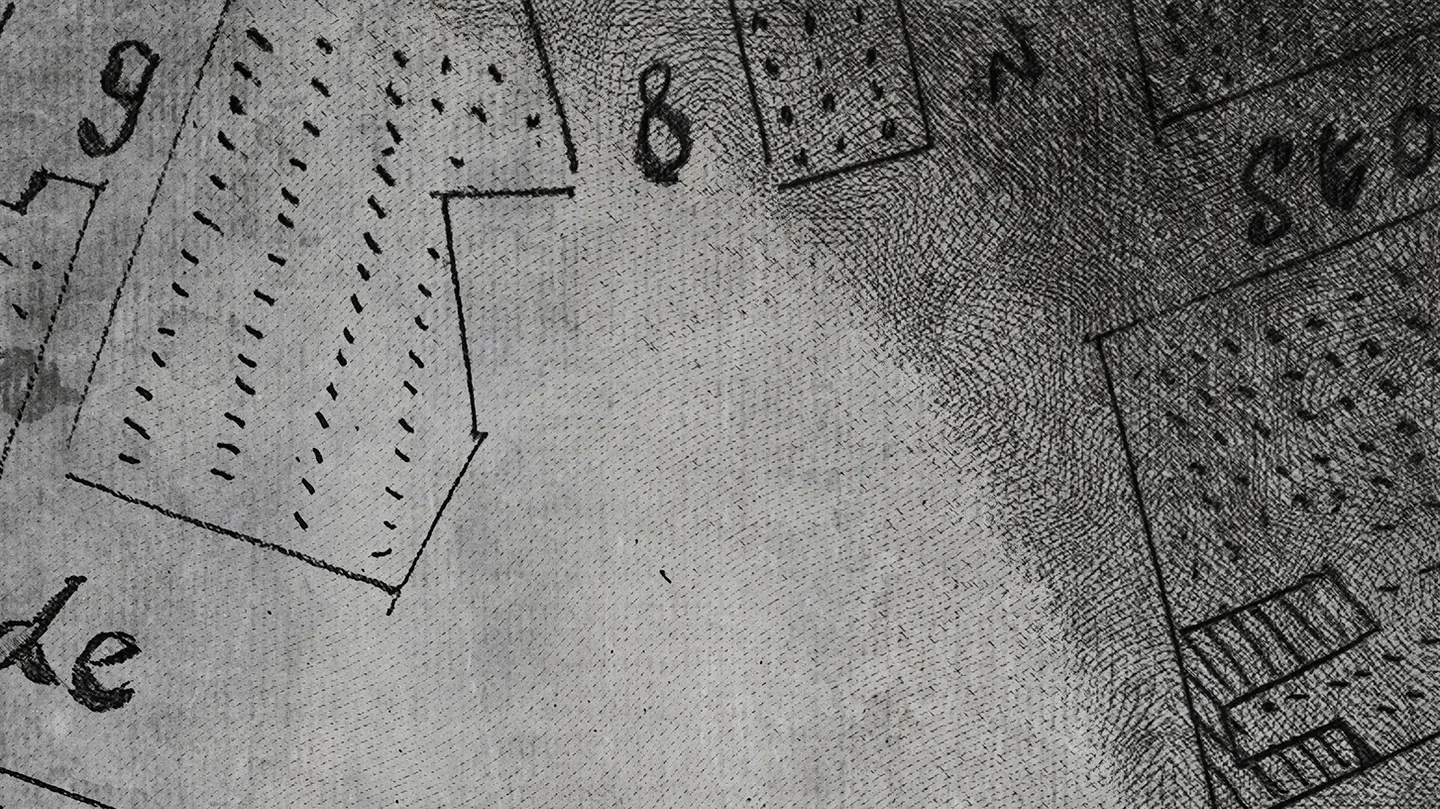
the sun rises, the GN sinks into the sea
About
For the past few years, I have developed a niche focus to unveil the underrepresented histories of infrastructures as they entangle with promises of techno-futurism and the embodied experiences of transcontinental migrants and labour bodies. Since 2022, I have started working on a program about stories of Danish historical and technical infrastructure. In the late 19th century, the Danish industrial mogul Carl Frederik Tietgen's Great Northern Telegraph Company established a telegraph station on Kulangsu on the southeast coast of China. This communication facility drags the dormant island into the European network guided through telegraph cables. Based on this historical background, following the traveler, European dancer Antti Johannes Rintala’s tour of early twenty century. My project surveys the entanglement of communication infrastructures, tele-governance technics and regional histories as a means to probe the historical traces of communication technology and its process translation and encryption when localized. The series is centered around the telegraph company's strategies of manipulation and minimalization through "the photographic" to enact rhetoric of telegraph history and rethinks the alternative strategies that local telegraph operators and workers deployed in appropriating the telegraph technologies. The project delves into the phantom temporality constructed by the Great Northern Telegraph Company, taking a voyage from the cable ship “Tordenskjold”, and eventually arriving at an intersection where the empire’s center/periphery contestations come into a continual push and pull with the construction and diruption of the telegraph cable technology. The video is composed of the installation works and the photos, through archaeological interrogations of archives, texts and images, slow-scan TV and transmission technologies. The chapter surveys the multiple prisms of power that fold together telegraph ships, tele-enterprises, and their representations.





















